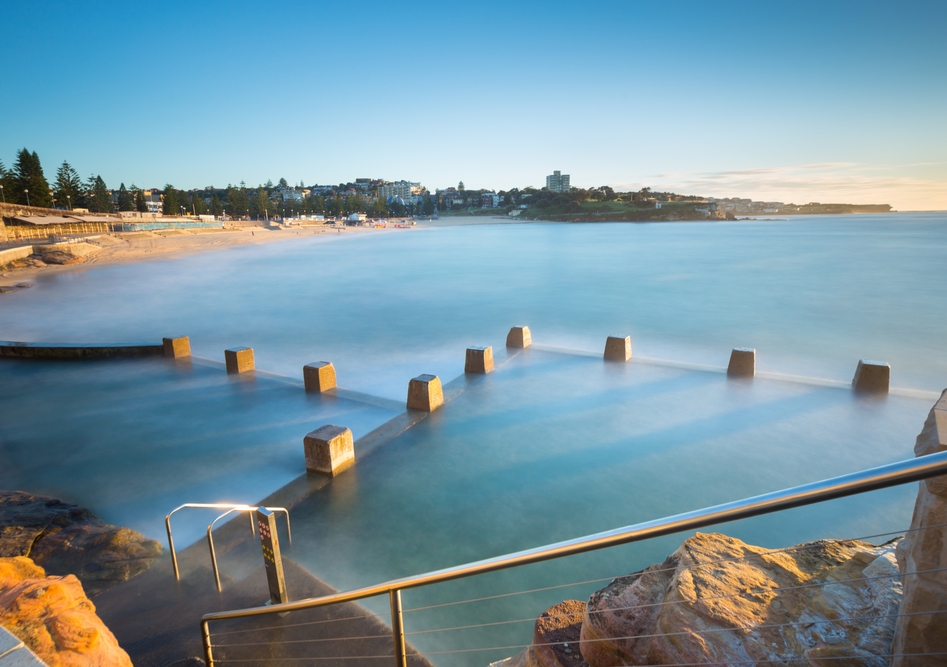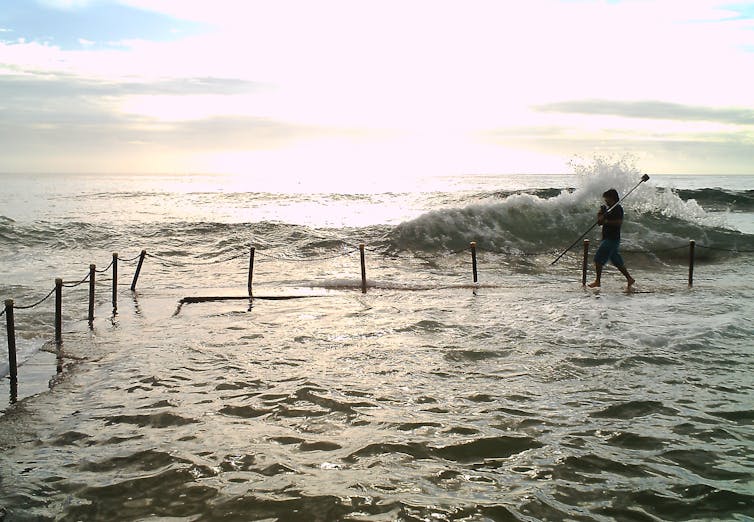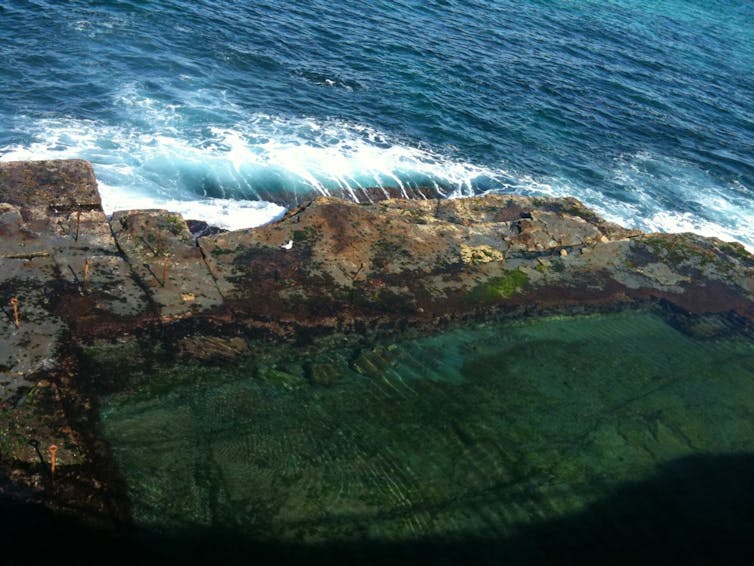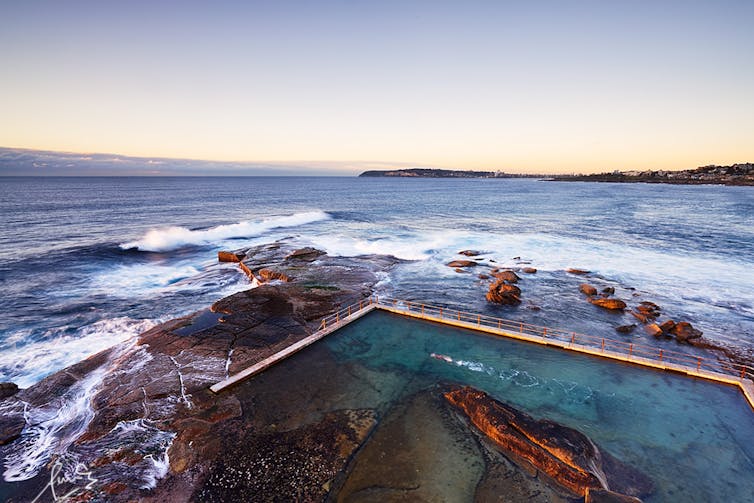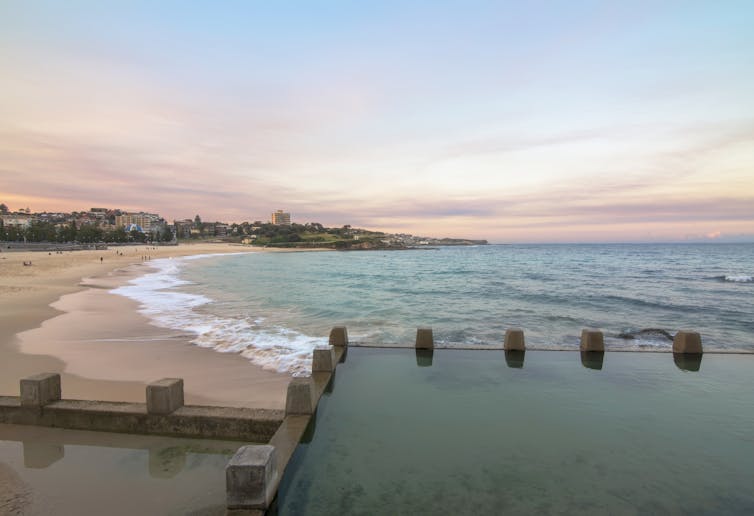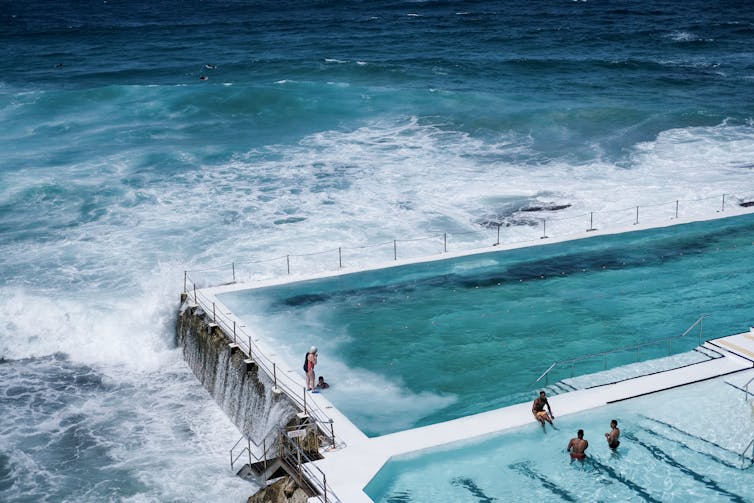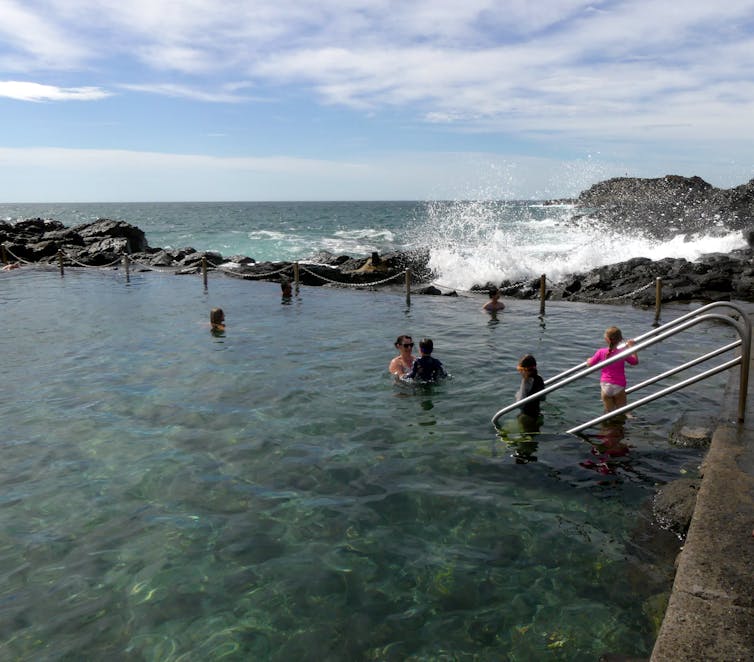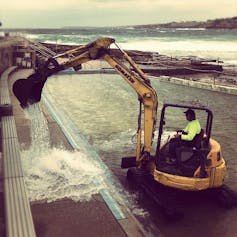The timeless appeal of an ocean pool – turns out it's a good investment, too
New South Wales boasts many wonderful ocean pools, thanks to a combination of climate, geology, culture and prosperity. Despite concerns about costs, economic and health benefits far outweigh these.

